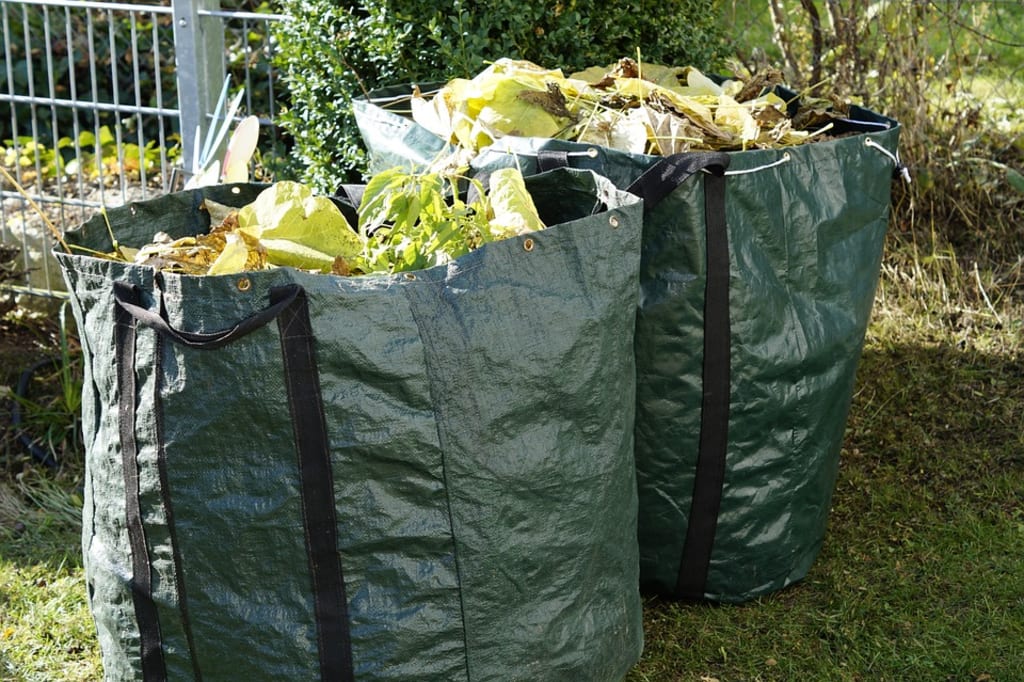Top 5 Tips to Prepare Your Garden for Winter
Spring and summer are surely the most eventful seasons, planting first and then harvesting the results of our good efforts. Nature starts to slow down in autumn, which is a good time to tidy-up and prepare our gardens for winter.

Many things can be done to get gardens ready for winter, especially as the following.
1. Raking-up leaves from lawns is a good start. This will make footpaths less slippery, it will air the lawn, and it will make everything look neater. If enough space is available it is better to separate raked leaves from standard compost, in order to produce leaf mould, which is a golden material to add to the soil for the next growing season.
Preparing the soil before the winter has its pros and cons. Adding nutrients now will allow them time to break down properly. However, heavy rains can dilute the nutrients; you can then cover the area with a couple of inches of mulch, which will slow down the dilution, and will regulate the soil temperature and its moisture.
Mulch will break down slowly through the season adding organic matter to your soil.
2. Autumn is also a good time to weed the flower beds.Weeds can be dug up and burnt. It will be tempting to just move them to another corner of the garden or to throw them in the compost heap but some weeds (like bindweed or other deep-rooted weeds) will just find the compost heap a nice and warm environment to keep growing and sprouting in.
3. Rotting and finished annual plants can be composted. In removing plants it’s a good opportunity to check what presented during the growing season, and if any unwanted plants are hidden in remote and forgotten garden corners.
Common garden weeds are not the only enemies of gardeners. Invasive non-native plants can be ruinous. A good example is the infamous Japanese knotweed.
4. Now that many perennial plants are asleep, it’s a good time to prune them and get rid of the green waste by composting it. This is because while the plants are dormant, there is less chance for fungi and insects to infect or damage plants through pruning cuts.
Besides, winter pruning doesn’t stimulate new growth and it gives the roots more energy to survive through the cold season.
5. Don’t forget the wildlife!If you are lucky enough to have some wildlife roaming free in your garden, look after it. It would be better to not clear the whole garden, leaving some standing herbaceous perennials plants with seeds to be eaten by birds, or to be used as winter habitat for insect and little mammals. Piles of dead wood can be effective refuge for hibernating animals too.
Winter is not a dull and colourless season. If you plant some heather, cyclamen, pansies, and snowdrops, you will see some colours popping up through winter; maybe better having them in pots to partially protect the plants from any particularly adverse weather.
Also, if you dug up your spring bulbs in the summer, now is the time to plant them again. Then, as usual, you will forget where they are and they will surprise you once again next spring!






Comments
There are no comments for this story
Be the first to respond and start the conversation.